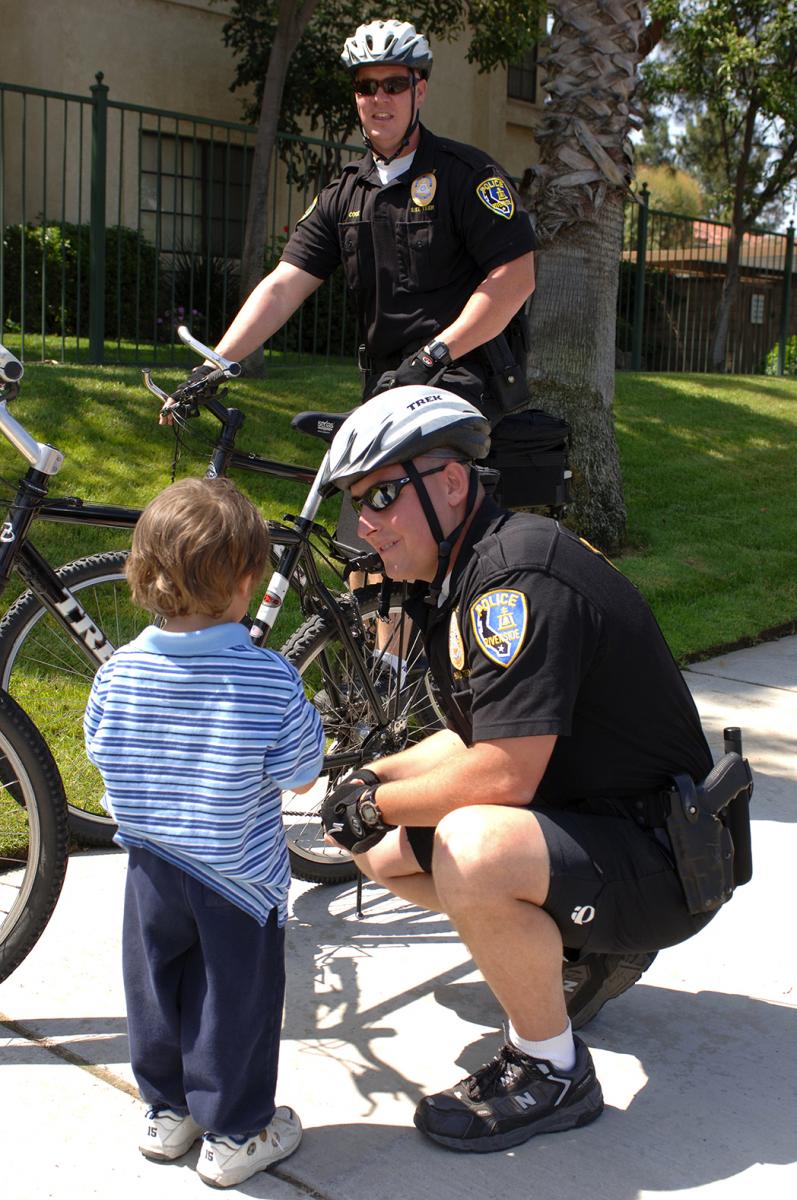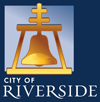The Riverside Police Department's Traffic Education Unit was established in 1997 to reduce injury and death due to traffic collisions.
The Riverside Police Department has been recognized as a leader in the area of Traffic Education. RPD was one of the first programs in Southern California with a full time dedicated coordinator.
The Traffic Education Unit is supported by state and local grants as well as partnerships with local groups and businesses. The Traffic Education Unit has taken a pro-active step to educate the citizens of our community and provide many programs in traffic safety.

Safe Routes to School Program
The Safe Routes to School is a partnership with the Riverside County Injury Prevention Services and the schools in Riverside. These programs enable community leaders, schools and parents across the United States to improve safety and encourage more children, including children with disabilities, to safely walk and bicycle to school. In the process, programs are working to reduce traffic congestion and improve health and the environment, making communities more livable for everyone. Click here for more information.
Safety Citation Program
Safety Cite is a positive reinforcement program to promote the use of helmets for bicycles, skateboards, scooters, & skates. Juveniles that are properly wearing their helmets, obeying the law, and/or practicing proper safety skills will be "cited" by police department employees. Letters will be sent to their parents and cited children will receive a prize. Each child cited will be entered into a drawing for a new bike (donated by Riverside Optimist Club).
Child Passenger Safety Program
The Riverside Police Department is dedicated to preventing injuries and improving the safety of children who travel in motor vehicles. According to the National Highway Traffic Safety Administration (NHTSA), nearly half of car seats (46%) are misused. The Riverside Police Department has certified Child Passenger Safety Technicians who can help check the safety and proper installation of your car seat.
Car seat fitting stations are held at the Magnolia Police Facility once every month. The car seat is checked for any recalls, proper usage, and proper fit for the child. Low-cost car seats are offered to community members who need to replace an unsafe car seat. Parents participate in the installation process to ensure they will be able to secure the child properly every time. Parents, grandparents, and/or caregivers are encouraged to attend. The days and times of these events vary to make this service available to everyone. Each fitting is limited to 30 minutes so as to limit participant wait time and fittings will be on a first-come, first-served basis.
Unable to make a car seat fitting station? Feel free to schedule a one-on-one appointment with a certified Child Passenger Safety Technician by calling (951) 826-8727.
Group classes are also available upon request. Child Passenger Safety Education classes are free and designed for anyone that transports a child. Participants will learn how to choose the correct type of car seat for their child, how to install the car seat in a vehicle, when to move to the next level, and safety tips from a technician. More information on group classes or other services offered by the certified Child Passenger Safety Technicians may be requested by calling (951) 826-8727, or by emailing [email protected].
Additional Links
Bicycle and Scooter Frequently Asked Questions
Car Seat Frequently Asked Questions
Current California Law:
- Children under 2 years of age shall ride in a rear-facing car seat unless the child weighs 40 or more pounds OR is 40 or more inches tall. The child shall be secured in a manner that complies with the height and weight limits specified by the manufacturer of the car seat. (California Vehicle Code Section 27360.)
- Children under the age of 8 must be secured in a car seat or booster seat in the back seat.
- Children who are 8 years of age OR have reached 4’9” in height may be secured by a booster seat, but at a minimum must be secured by a safety belt. (California Vehicle Code Section 27363.)
- Passengers who are 16 years of age and over are subject to California's Mandatory Seat Belt law.
